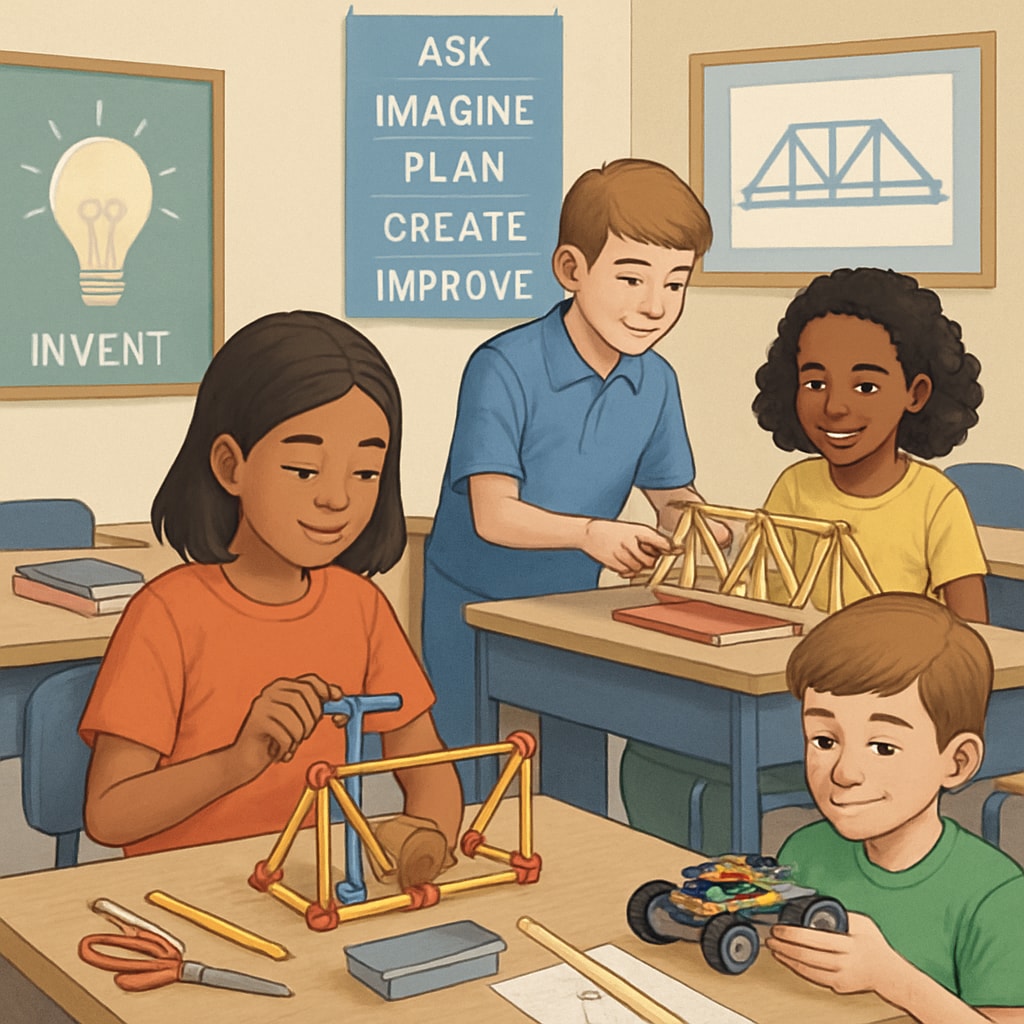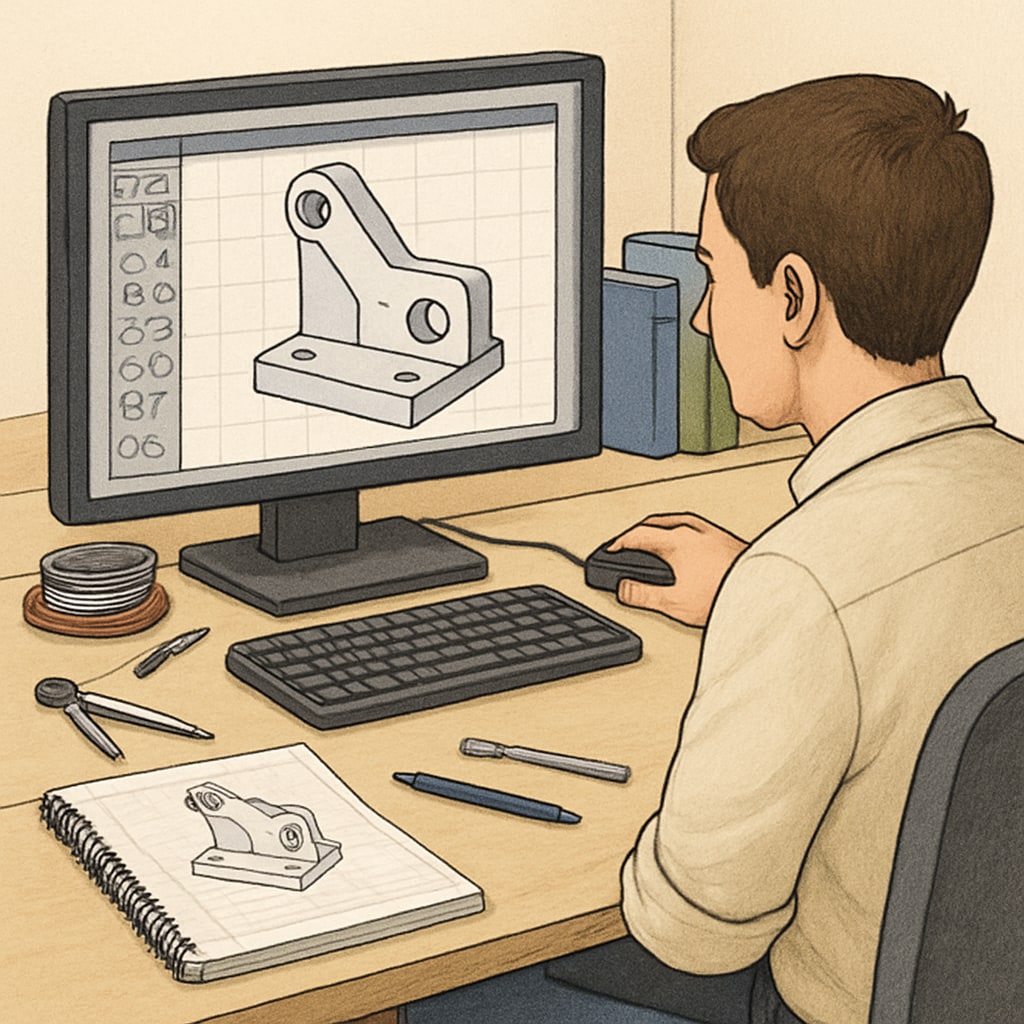The choices students make during their K12 education can significantly impact their future, especially when it comes to selecting a design engineering degree. This critical juncture not only shapes their academic journey but also determines their career trajectory. For parents and educators, understanding how to guide these decisions is key to ensuring long-term success in this field.

Understanding Design Engineering as a Career Path
Design engineering combines creativity, technical expertise, and problem-solving skills to create innovative solutions. This field spans industries such as automotive, healthcare, technology, and construction. As demand for skilled design engineers grows globally, choosing the right degree becomes increasingly important.
The foundation for success in design engineering often starts in K12 education. Schools offering STEM (Science, Technology, Engineering, and Mathematics) programs provide students with the essential skills they need to flourish in engineering fields. For example, exposure to basic engineering principles, programming languages, and creative design projects can ignite a student’s passion for this career.
Key Considerations When Choosing a Design Engineering Degree
When guiding students toward a design engineering degree, several factors should be considered:
- Accreditation: Ensure the program is accredited by recognized engineering boards, such as ABET (Accreditation Board for Engineering and Technology).
- Specialization Options: Some programs focus on specific areas like mechanical design, aerospace engineering, or sustainable design.
- Internship Opportunities: Hands-on experience is invaluable for building practical skills and networking within the industry.
- Global Recognition: Programs with international recognition provide broader career opportunities.
In addition, students should evaluate their personal interests and strengths. For instance, those with a knack for mathematics may excel in computational design, while creative thinkers might thrive in product development.

How K12 Education Shapes Career Readiness
K12 education plays a pivotal role in preparing students for future studies and careers in design engineering. Schools can focus on the following initiatives to support this:
- STEM Curriculum Integration: Incorporate subjects like physics, computer science, and design thinking into the curriculum.
- Project-Based Learning: Encourage students to participate in hands-on projects, such as robotics competitions or engineering challenges.
- Career Counseling: Offer guidance on degree options, scholarship opportunities, and career prospects in design engineering.
- Collaboration with Industry: Establish partnerships with engineering firms for mentorship programs and internships.
By nurturing curiosity and providing real-world applications, educators can inspire students to explore design engineering as a viable and exciting career path.
Looking Ahead: The Impact of Degree Choices on Career Success
The degree a student chooses can shape their professional future in profound ways. Advanced degrees, such as a master’s in design engineering, often lead to higher-paying roles and leadership positions. On the other hand, a bachelor’s degree may suffice for entry-level roles, allowing graduates to gain practical experience earlier.
Moreover, the type of institution—whether a traditional university, technical college, or online program—can also impact career opportunities. For example, universities with strong industry ties may offer better networking opportunities, while technical colleges often focus on skill-based training.
Ultimately, parents and educators play a crucial role in helping students make informed decisions. By considering academic strengths, career aspirations, and market demands, they can guide students toward degrees that best align with their goals.
As the world continues to evolve, design engineering remains a field of endless possibilities. With the right educational foundation, students can contribute to groundbreaking innovations and enjoy fulfilling careers.
Readability guidance: Use short paragraphs and clear headings to improve comprehension. Include actionable lists to summarize key points. Maintain an active voice for engaging readability.


